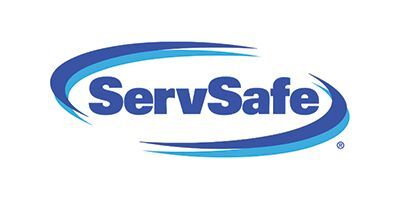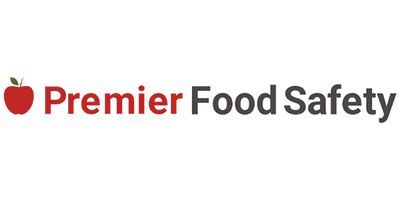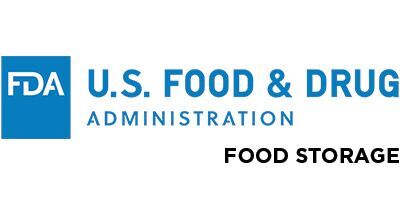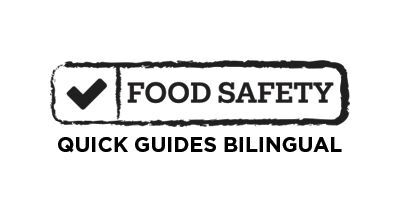Fresh, nutritional food products are received at the Redwood Empire Food Bank daily. Food quality is a top priority. It is an understood value that if we wouldn’t eat the food ourselves, we don’t pass it on to our participants or partners. The food is examined for quality, desirability, nutritional value, and how it fits into our balanced provision of help. After careful inspection, it is gleaned and handled according to stringent food safety guidelines to ensure it reaches its destination uncompromised.
Food Safety
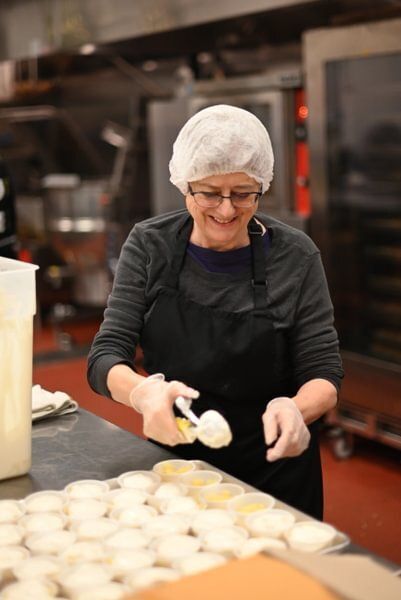
Food Safety protocols are ingrained in our everyday operations. From our distribution center and transportation to our kitchen facility, our Food Connections Market, and our distribution sites, food safety is a number one priority. Every staff member and volunteer who handles food is trained and certified. This same level of safety is expected from our partner organizations. They are responsible for ensuring that nutritious foods are safely transported from the Redwood Empire Food Bank to their location and stored at the proper temperatures on site. For more information about Food Safety related to our Partner Organizations please go to the Partner Portal and click “Partner Handbook.”
•••••••••••••••••••••••••••••••••••••••••••••••••••••••••••••••••••••••••••••••••••••••••
Food Safety Resource Links
Nutrition: Balanced Provision of Help (POH)

Before the Redwood Empire Food Bank distributes food, careful consideration goes into the quality, nutritional value, and how the product fits into a balanced provision of help. A resource that we find valuable is Healthy Eating Research. It includes easy-to-understand rankings of charitable food in the areas of “choose often”, “choose sometimes”, and “choose rarely” and is a valuable resource for creating a balanced provision of help. A provision of help is the measured quantity of food distributed to households, providing hunger relief. Evidence of the Redwood Empire Food Bank balanced POH can be found in every facet of the operation, from the distribution center to our Food Connections Market, to our direct service sites. We encourage our partners to provide a healthy, balanced POH by leveraging donated and purchased food from the Redwood Empire Food Bank.



